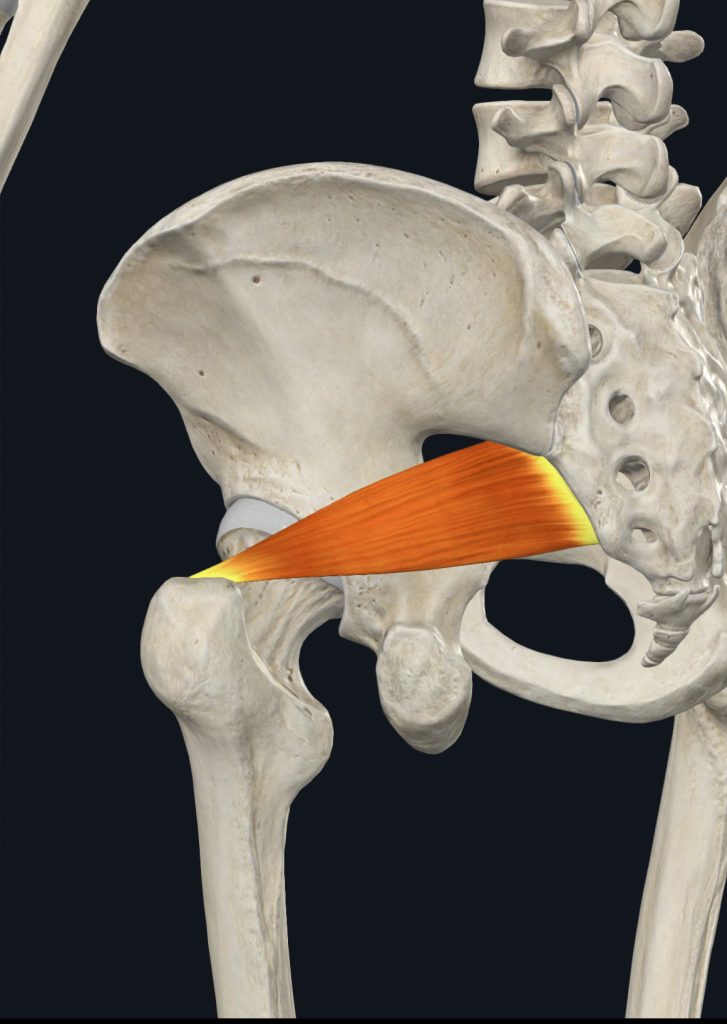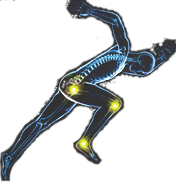Piriformis syndrome is a neuromuscular disorder characterised by compression of the sciatic nerve by the piriformis muscle, resulting in pain and discomfort in the buttock and lower limb.
Anatomy
The piriformis is a flat, pear-shaped muscle located in the gluteal region. It originates from the anterior surface of the sacrum (S2-S4), passes through the greater sciatic notch, and inserts onto the superior aspect of the greater trochanter of the femur. The muscle functions as an external rotator of the hip when extended and an abductor when flexed.The sciatic nerve, the largest peripheral nerve in the body, typically passes beneath the piriformis muscle. However, anatomical variations exist where the nerve may pass through or above the muscle, potentially increasing the risk of compression.
Symptoms
Common symptoms of piriformis syndrome include:
- Sharp, severe pain in the buttock
- Radiating pain down the back of the thigh, calf, and foot
- Numbness, tingling, or weakness in the affected leg
- Discomfort with prolonged sitting or standing
- Pain when walking up stairs or inclines
- Muscle spasms in the piriformis region
- Tenderness when pressure is applied to the muscle
These symptoms often worsen after prolonged sitting, walking, or running long distances. Pain may improve when lying on one’s back.
Pain Management and Rehabilitation
Several approaches can help manage pain and rehabilitate patients with piriformis syndrome:
- Physical Therapy:
- Stretching exercises targeting the piriformis and gluteal muscles
- Strengthening exercises for the hip and core muscles
- Manual therapy techniques like massage and myofascial release
- Neuromuscular massage to release trigger points
- Self-care Strategies:
- Applying heat or ice to the affected area
- Using a foam roller or tennis ball for self-massage
- Taking frequent breaks from prolonged sitting
- Modifying activities that exacerbate symptoms
- Movement Re-education:
- Improving posture and body mechanics
- Learning proper techniques for daily activities and sports
- Progressive Rehabilitation:
- Gradually increasing activity levels as symptoms improve
- Incorporating functional and sport-specific exercises
It’s important to note that treatment should be tailored to the individual, addressing the underlying cause of piriformis syndrome. A comprehensive approach combining various techniques often yields the best results in managing symptoms and preventing recurrence.


